On April 1st this year, trains started running again from Namie station. For a town hit by a major earthquake and then nuclear contamination, this was obviously a big step. Even more significantly, however, it was also the day when all restrictions were lifted, meaning residents are now free to live in the place they were forced to flee a little over 6 years ago.
Situated about 5 kilometres from the Fukushima Daiichi nuclear power plant, Namie was part of the exclusion zone hurriedly enforced after the March 11 tsunami triggered a meltdown at the now infamous facility. Huge swathes of that area are still completely inaccessible, and driving along the main road that cuts through the zone is a sobering experience to say the least. Just shy of an hour from one end to the other, the view from the window is a constant stream of homes and businesses; each and every one of them slowly succumbing to nature. An experience made all the more unsettling due to the fences and high security — measures deemed necessary to stop people straying beyond that one, usable thoroughfare.
Thankfully, the town of Namie is now different. There are no guards. No fences either. Plus, the cleaned, and in some cases resurfaced roads, give it a certain sense of normality.
Or at least that was the initial sensation, but it quickly became apparent that the only vehicles using the town’s roads were those involved in the demolition or transition process. Similarly, there were no residents walking the streets. Actually, there weren’t any people at all. And despite Masahiro Imamura (until recently the Japanese Reconstruction Minister), stating that, “We must make the area attractive, so that people want to return,†there is clearly an awful lot of work to be done to get anywhere near that goal. In fact, meandering round the town and seeing buildings still visibly damaged from the earthquake made it feel like it was only days after the event, not 6 years on. A feeling further cemented by the sight of calendars still showing the month of March 2011.
But whatever it feels like, the fact is it is 6 years on, and what the next 6 and beyond hold for Namie remains to be seen. Hopefully it can recover — at least to some extent — although it’s very hard to imagine the town’s population ever matching the 21,000 inhabitants it had prior to the disaster.
For now at least, this is what I found and photographed just over a month after the town reopened. It’s not a criticism. Nor were the photos taken with any kind of agenda. They are simply a document of what I saw in the relatively brief time I spent there.
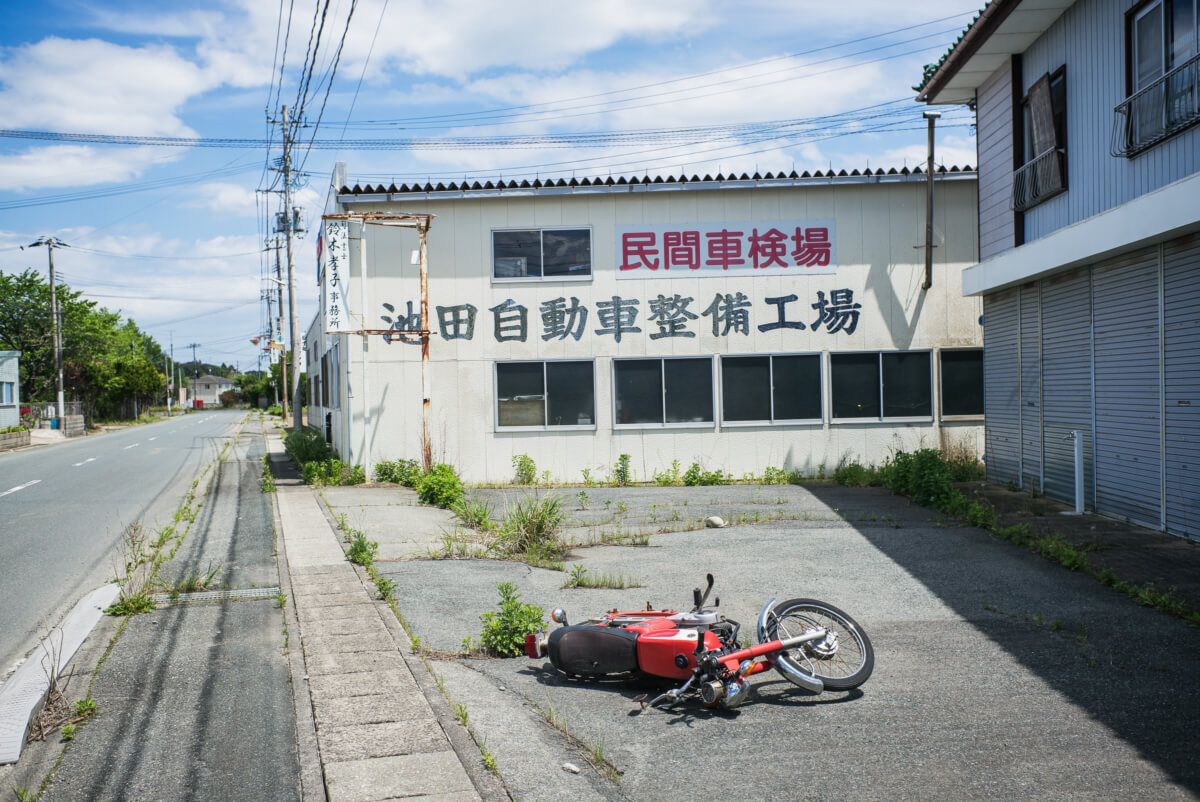
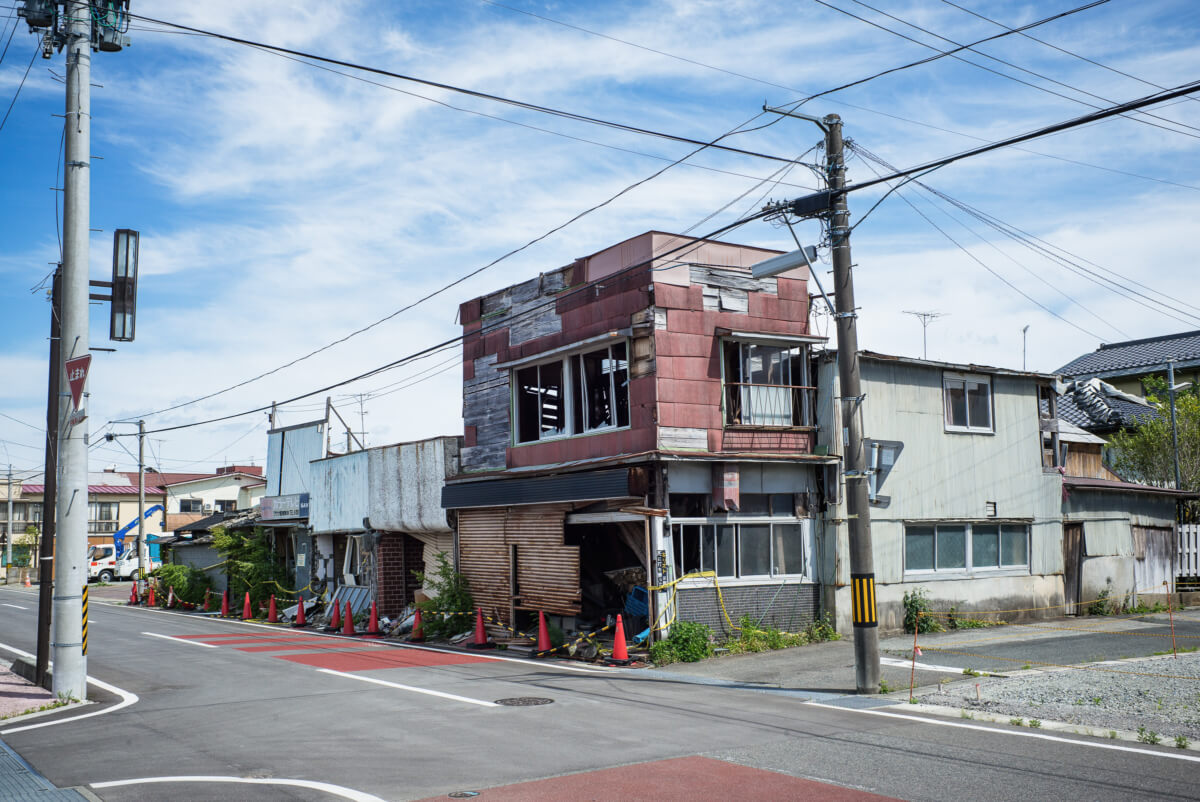
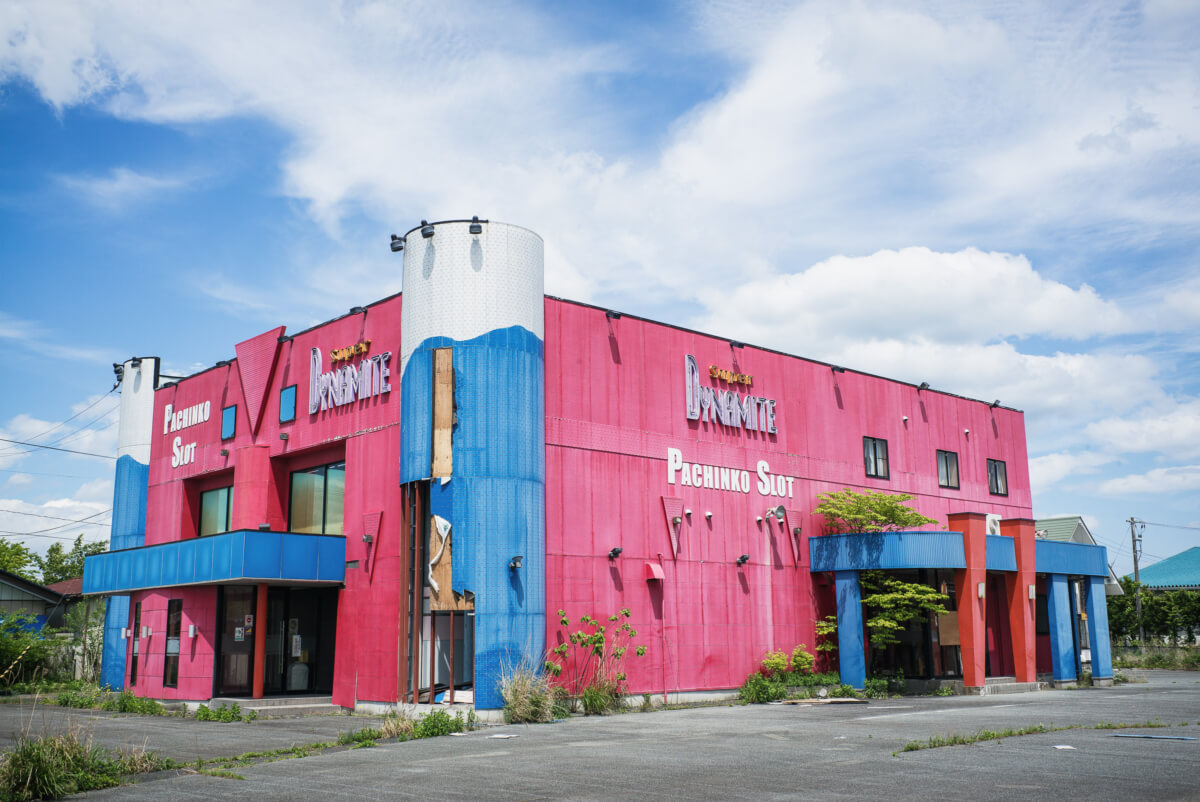

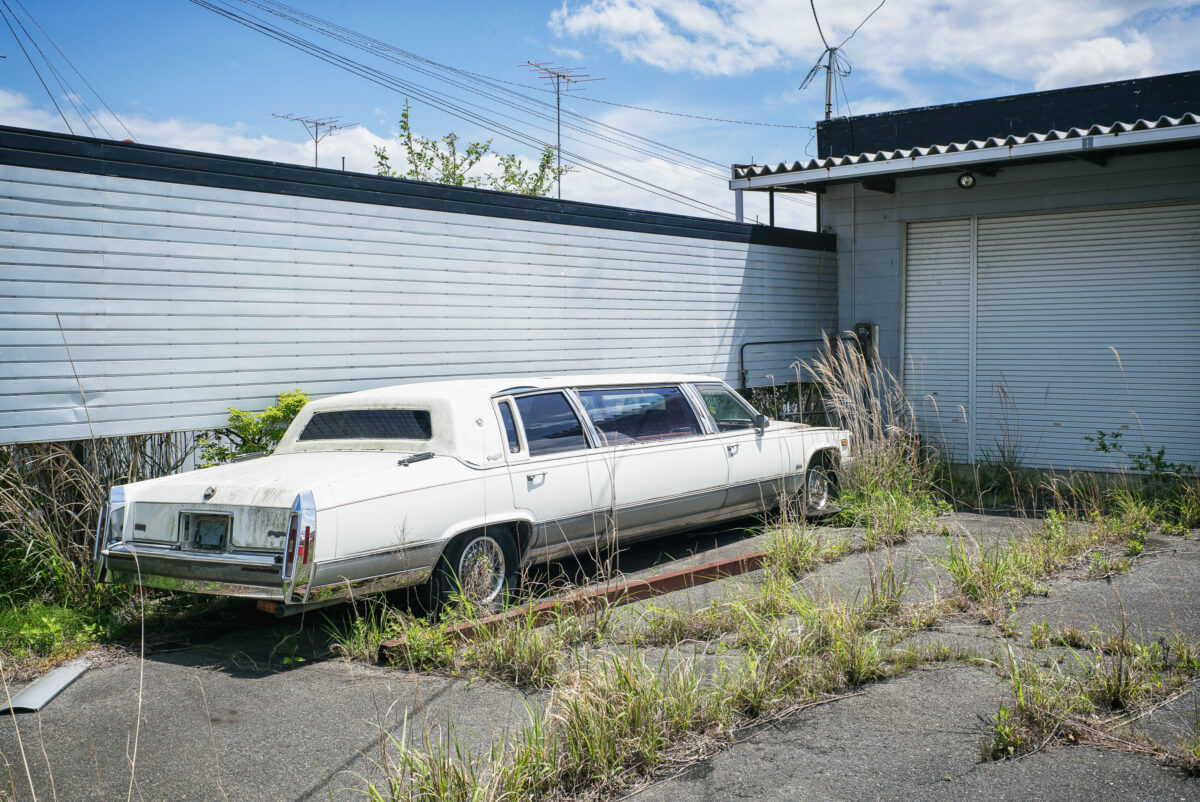
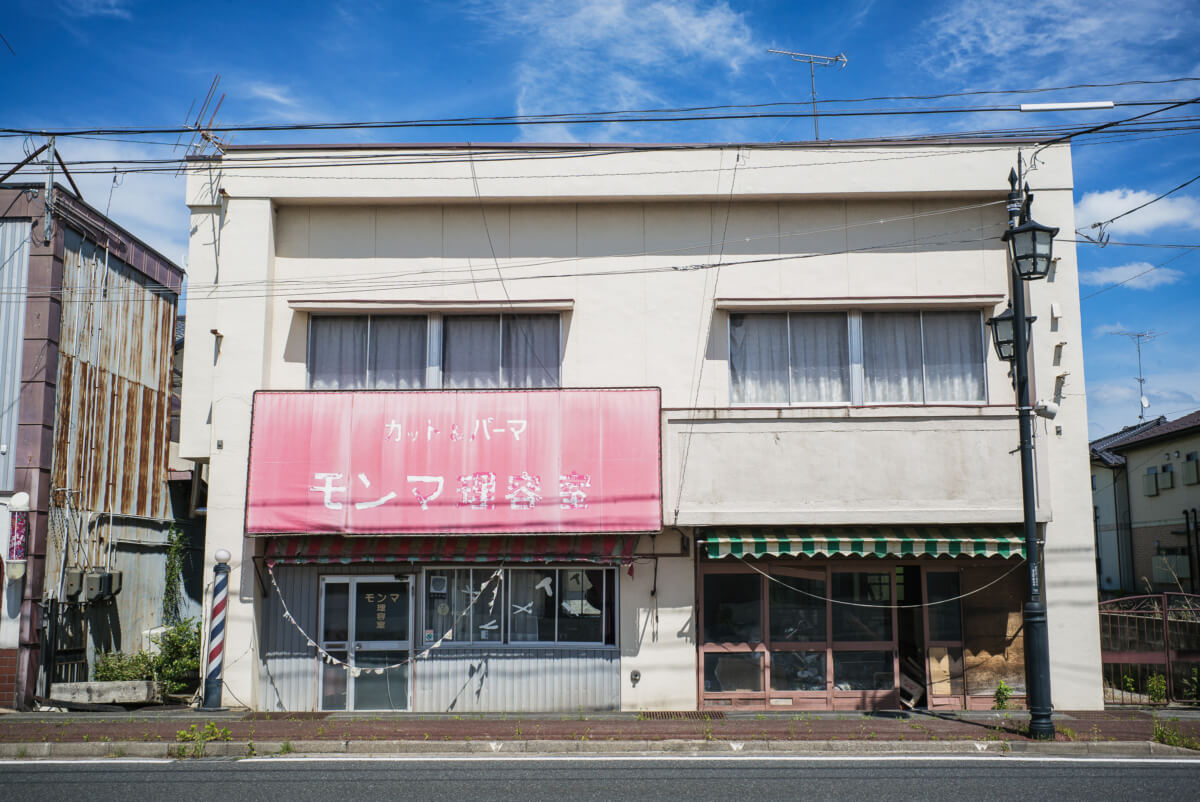
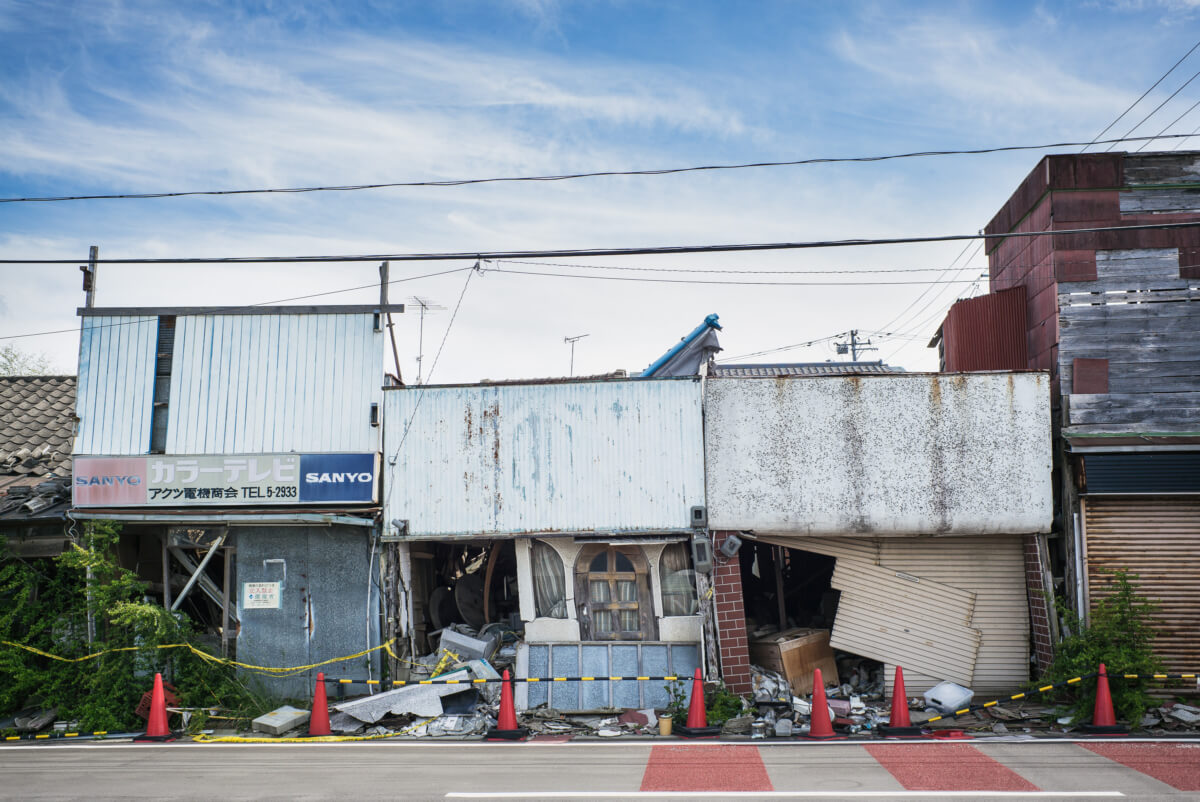
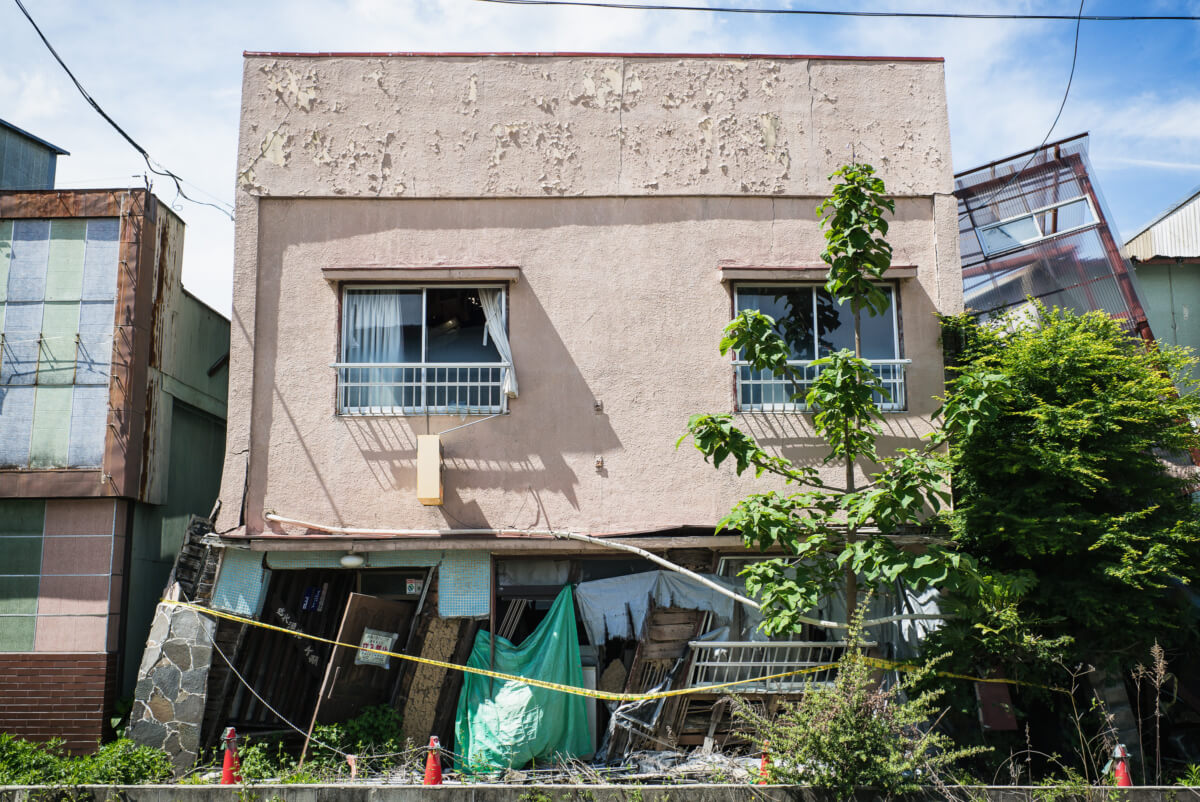
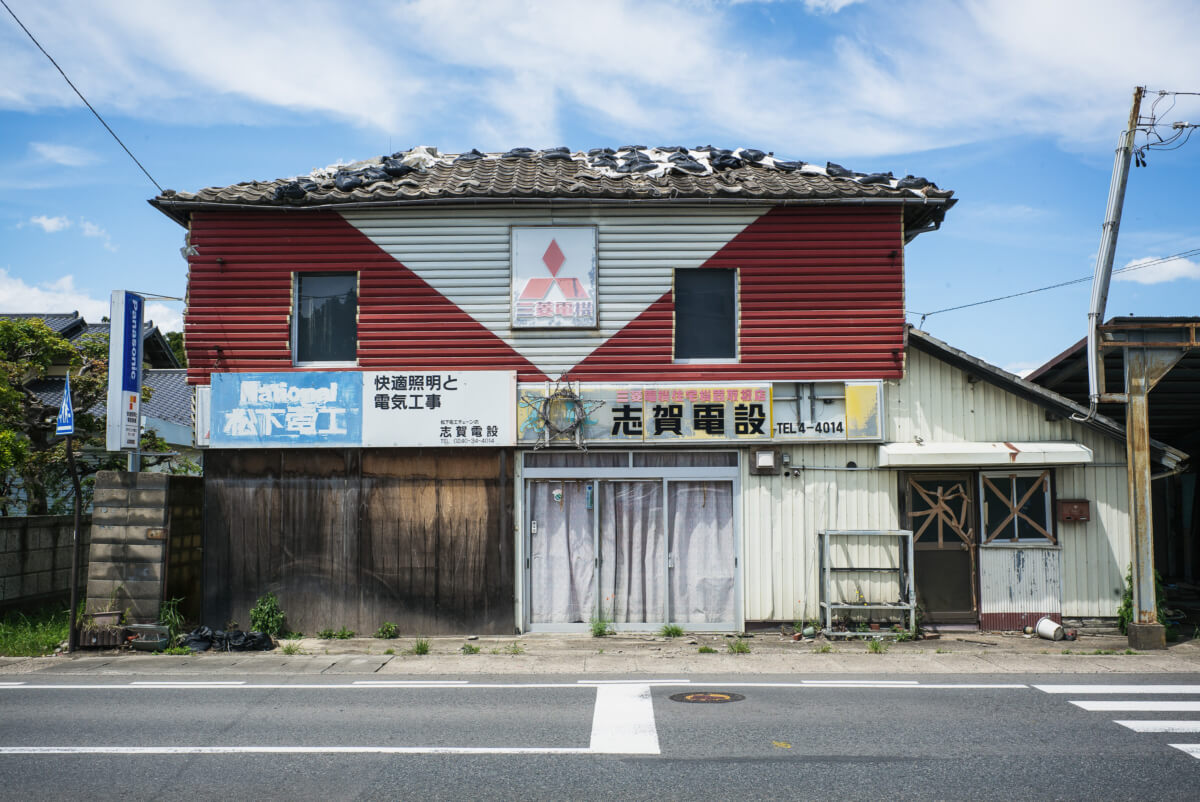

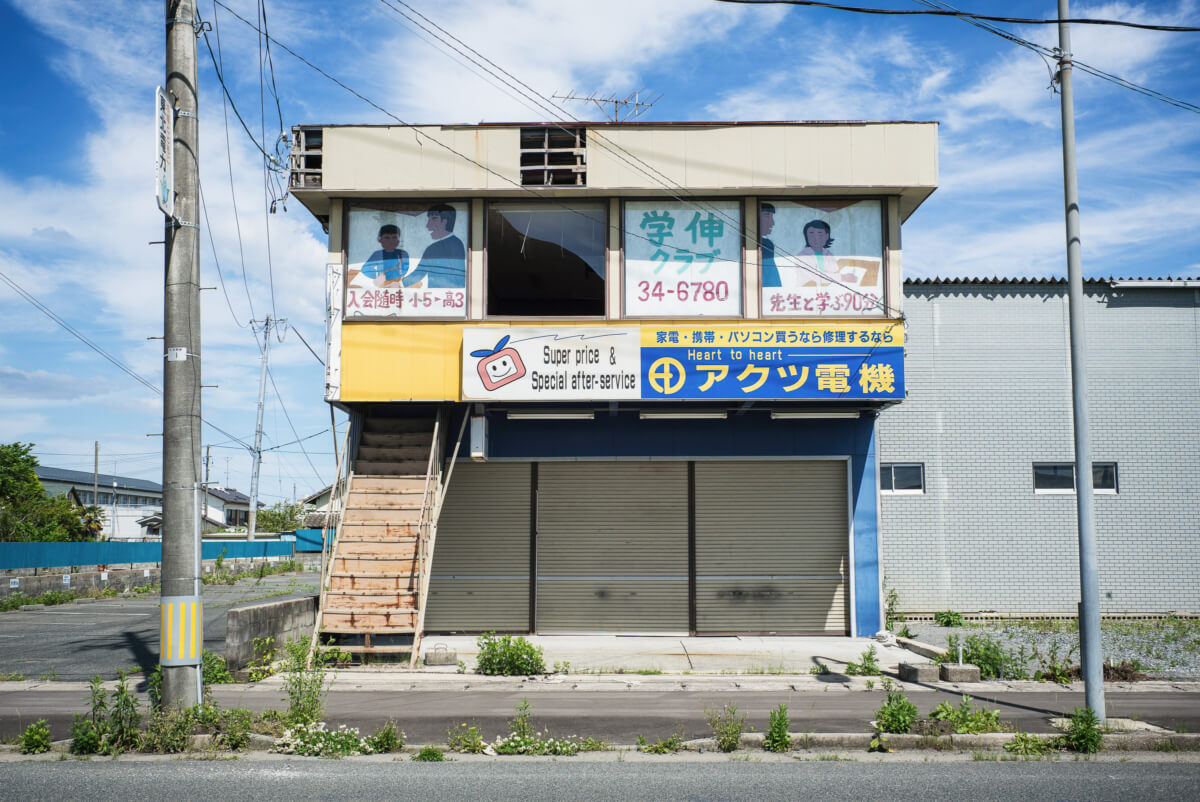
Linda says
This series of photos is heartbreaking. Somehow the perfect-looking weather makes it even moreso.
Lee says
Yes, I thought that about the weather too. Definitely added to the sense of loss, sadness etc.
YTSL says
Only about 5 kilometers from the troubled Fukushima Daiichi nuclear power plant… I wonder how many people are willing to return, especially given the state of disrepair of some of those places just six years on.
Lee says
Yes, it’s far from ideal in many ways. Plus, after 6 years, many former residents will presumably have made new lives for themselves elsewhere.
We did actually chat briefly with a woman who works in Namie’s city office. She had chosen to return, but she did admit that not many others had…
Denton says
Great photos as always, but man that is sad. Good luck to the town, but gotta say, I wouldn’t move back……
Lee says
Cheers. Yeah, I know what you mean. Even when fully cleaned up, it’ll still be a very tough sell I imagine.
john says
Aha! You have to click on the text to see your secret portfolio pictures!
thank you.
No radioactive pigs chasing you?
Lee says
Yeah, too many to post here.
Hahah, fortunately not! Had heard about the wild boars, but no sightings of any at all.
Squidpuppy says
Sobering, haunting. That motorcycle looks so forlorn, more so than the buildings, or even the limo. There’s something about discarded bikes, push bikes too, that strike a deeply anthropomorphic chord. It looks to be in pretty good condition though. Hard to believe it’s been there all this time.
Makes me think of those SciFi films where everyone’s just gone. Not so SciFi here. Or rather, SciFi disasters have become our reality. How weird is that?
Lee says
The bike is a weird one. I thought it didn’t look like it had been there for 6 years, but at the same time, I don’t know why it would have been left there if it wasn’t…
I know eh? Driving through the evacuation zone, it reminded me of numerous films and tv shows I’ve seen. So in a way they were scenes I’d almost seen before, and yet at the same time, none of them prepared me for the reality.
Ed says
Great photos and perspective from a real journalist. Well done, Lee. However, having lived not far from the Chernobyl’s hell, I believe one must be a bit foolish, naïve, crazy, and… brave to even think of visiting such a place.
Lee says
Thank you very much, that’s really kind of you.
I’m happy to say it’s not dangerous at all. Plenty of Geiger counters about, and they were all showing very safe readings. In fact, according to one scientist, Namie has been safe for years: https://goo.gl/5j4J4U
We did, however, speak to a lady there who has retuned and works at the city office. While the town is safe, she did say that in wooded areas, the readings are much higher. Facts like that suggest there won’t be many families with young children returning. And if that is the case, the future could be very tough for the town.
Where you there when the meltdown happened?
Ed says
I was lucky to be more than 1,000 km away when Chernobyl disaster struck. Then, radioactive rain from Chernobyl came in our land. Years later cases of cancer and thyroid problems among the population started to increase… Of course, the Japanese government has an interest to hide all this (similar to the CCCP communists). They will never be held accountable because it will be years before people start dying as a result of Fukushima… I’ve been to this lesson 🙂
Lee says
Glad you weren’t near, although the weather carrying it proves you can never be too far away…
Yeah, I’m not sure we’ll ever know exactly what went on at Fukushima Daiichi, both during the meltdown and after. Fortunately there are now radiation readings visible in public places, and independent data is available to make sure everything is above board. Of course none of that will help those who may have experienced dangerous levels of radiation…
Tyler says
Excellent job capturing the atmosphere Lee. I have a feeling though many of those buildings will become future abandoned properties for you in the future. I can’t see people really returning.
Lee says
Thank you very much.
I think so too to be honest. A lot of buildings will be demolished in the coming months and years, but I’m not sure how much rebuilding will go on…
cdilla says
A great collection of thought provoking photographs. I’ve seen doezens of NHK programs since the disaster regarding the cleanup and several feature Namie. It’s good to see your angle on it.
Old folk want to return as their roots are not so easily dug up. The young are not so attached, and who would risk their kids there? Simply running off and playing in the woods behind your house could expose you to a lot of radiation.
And how quickly the houses decay – even those which are visited a few times a year.
The trust in the Govt sounds very low indeed, plus the other nuclear reactors coming online again, make for a worrying time in general.
Lee says
Thank you.
Yeah, I can really only see older residents returning. Like you said, it’s hard to imagine anyone wanting to bring their kids up there. And with so much of the area still off limits, it’s also hard to see what those of a working age would do if they did decide to return. Demolition and construction jobs aside, there won’t be a need for much else, at least not for a while, anyway.
The whole sorry affair seemed like the perfect moment for Japan to invest heavily in other forms of power to enable a shift away from nuclear. At least some good would have come from it then. But no, the reactors will be back online, and the threat of another Fukushima will be ever present again…
Ben says
Your images of abandoned environments is absolutely fascinating. As a photographer myself who has always longed to visit Japan, your body of work has been great to discover and view. Keep up the great work!
Cheers,
Ben
http://www.gr8bigworld.com